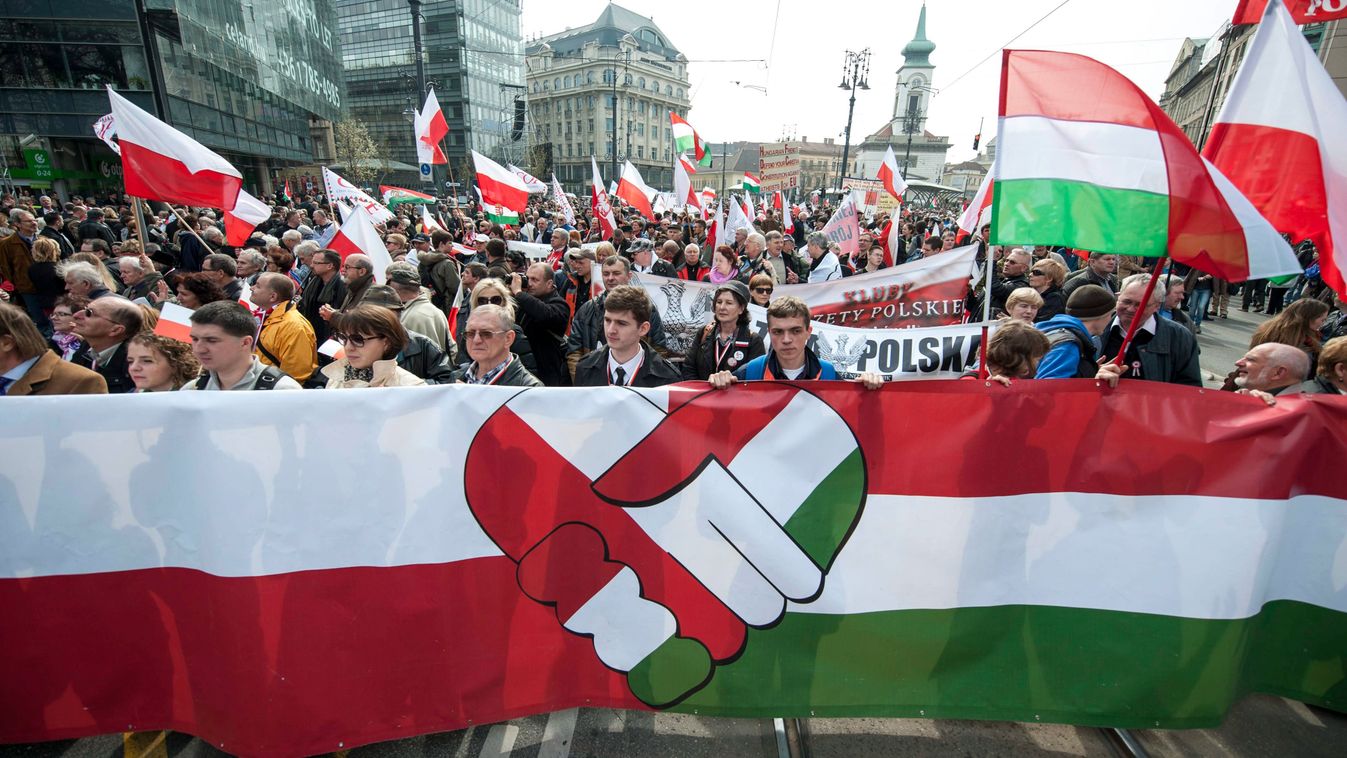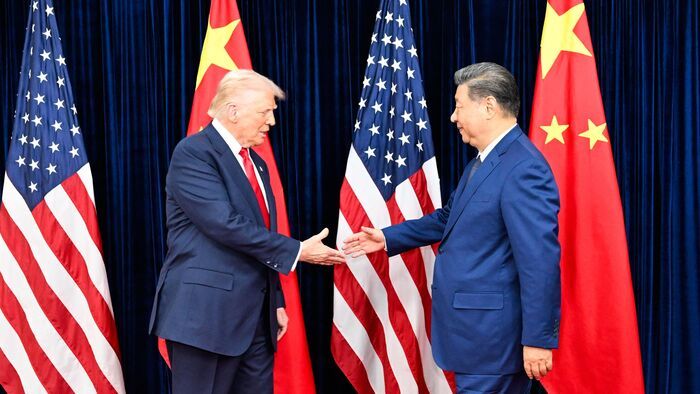“Hungarians welcome the Poles,
A new acquaintance, an old friend.”
– János Arany: Az Egri Leány (“The girl from Eger”)
“There is no historical precedent of two neighboring nations sustaining such great relations,” said Adorján Divéky in 1934, a prominent researcher of Hungarian-Polish relations, in his book summarizing what Hungary did for Poland during WWI. To conclude, he cites the turning point of the Polish-Bolshevik war of August 1920 where the Hungarian shipment of artillery led to the historic victory at the Vistula miracle.
Indeed: it is easy to create a parallel narrative of the two countries’ history.
We both joined the world of Occidental Europe around the same time with the adoption of Christianity and the founding of the state. The Poles’ symbolic date of 966 refers to their baptism, while for us, St. Stephen’s coronation was at the turn of the millennium. The common symbol of these decisive decades is St. Adalbert (of Czech descent) who played a key role in helping the new faith take root. Our community of destiny is essentially the same geopolitical situation from the beginning to the present. As we are commonly referred to: on the border of the East and West. The trope, born in the late Middle Ages, called our countries Antemurale Christianitatis – the shield of Christianity
against the Eastern conquerors (Mongols, Tartars, Ottoman Turks, Muscovite Russia).
Just look at a contemporary map from the middle of the XV. century: The Polish-Lithuanian Commonwealth from the Baltic to the Black Sea, and on the other side of the Carpathians, the Hungarian and Croatian Kingdoms reaching the Adriatic. The overarching direction of the greatest storms of European history was East-West. Their path of destruction regularly hit this stretch. The defensive wall of inner Europe was first broken at Mohács on the southern end and subsequently with the division of Poland at the end of the XVIII century.
The mountain ridge separating the two countries and their geopolitical interdependence reduced the possibility of North-South conflict. The histories of the two countries were characterized by dynastic and trade relations, common kings – but we can also find a few conflicts (for example, King Matthias who had to face a Polish claimant to the throne). Yet the friendship-turned-legend made tensions and conflicts increasingly irrelevant. The friendship between Hungary and Poland is a truly rare phenomenon in the history of European culture. It became a special source of “remembrance” in the age of the modern nations from the end of the XVII. century when the centuries-old existence of the northern neighbor became doubtful in the grip of the great powers. Our common border along with our noble cultures and mentality strengthened our relations. The double mirror through which we viewed each other was especially interesting. The example on the other end seemed to be superior: on one side the Hungarians, on the other the Poles. The famous student song of the Hungarian Reform Era, “The Pole cries for his country”, goes through all the European nations and comes to the conclusion that only the Polish were fighting for their freedom.























Szóljon hozzá!
Jelenleg csak a hozzászólások egy kis részét látja. Hozzászóláshoz és a további kommentek megtekintéséhez lépjen be, vagy regisztráljon!